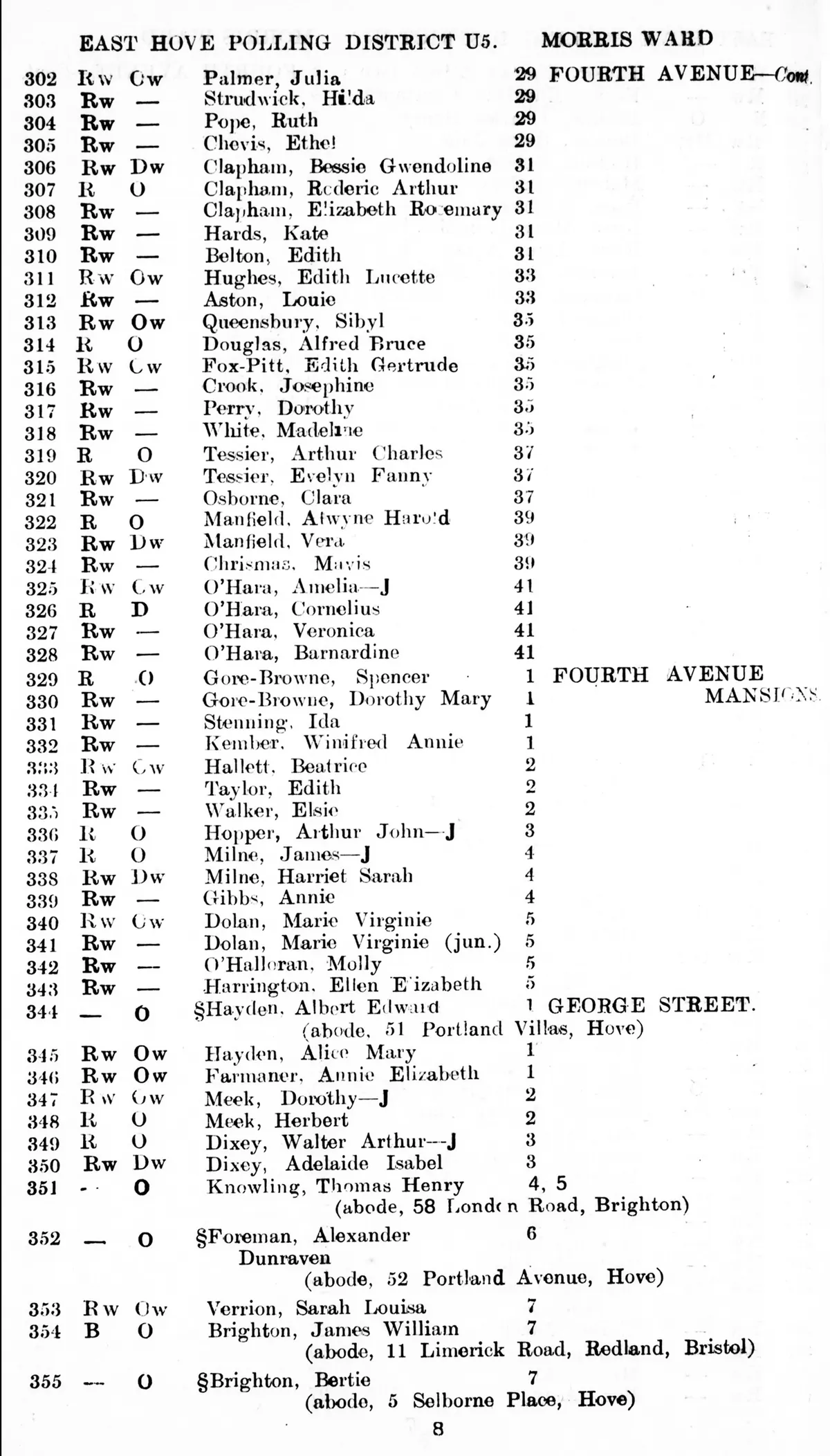You can do an electoral register search for historic registers as well as modern ones. Copies of old electoral registers should be found at libraries or archives; you can find these by searching The National Archives’ electronic catalogue Discovery. The only national set (England, Wales, Scotland and Northern Ireland), from 1947, with a reasonable but far from complete collection of earlier registers, is stored at the British Library. Many collections have now gone online, although they may not be complete so check which years and areas they actually cover. Here is our round-up of the best places to find old electoral registers online.
Old electoral registers: Findmypast
Findmypast hosts the British Library collection, for England and Wales, 1832–1932. Registers from 1910 to 1932 can be searched using name and keyword whereas earlier registers can only be browsed or searched by name. The site also has local collections for Norfolk, Cheshire, Hampshire, Devon, Somerset and Manchester as well as selected registers for Scotland, Wales and Ireland.
Old electoral registers: Ancestry
Ancestry has the London Metropolitan Archives collection; this is the most comprehensive set for the London and Middlesex areas with almost 180 million records. The site also has large collections for West Yorkshire, Surrey, Liverpool, Bedfordshire, Berkshire, Gloucestershire, Newcastle upon Tyne, the Midlands, Worcestershire, Sussex and Cambridgeshire. It also has collections covering Wales and large parts of Scotland.
Old electoral registers: TheGenealogist
Although the collection here is smaller than elsewhere, it does include some electoral registers for Wakefield and Staffordshire as well as a selection of early poll books for a number of areas.
What are electoral registers?
The introduction of printed electoral registers in 1832, listing all those eligible to vote in national and local elections, was a major step forward in the democratic process. As the franchise widened, so more and more individuals were recorded, and electoral registers become a major resource after the last available census records of 1921.
Although electoral registers won’t give family historians their relatives’ ages or places of birth, they may indicate relationships and include unknown family members. Most importantly, they will show where an individual or family lived and indicate when changes of address occurred, and perhaps changes in their financial status or job.
The 1832 Representation of the People Act, better known as the Reform Act, introduced a system of voter registration in England and Wales. The separate Scottish Reform Act 1832 and Representation of the People (Ireland) Act 1832 introduced similar legislation in Scotland and Ireland. An annual register of electors was now compiled and printed.
Electoral registers are arranged by parliamentary division, polling district, and then by address. Before 1878 many are arranged alphabetically by voters’ surname. The electoral registers include the name and place of abode of the voter and, until 1948, the nature of their qualification to vote. Absent voters’ lists enabled servicemen and women, and some others, to vote when they were away serving with the military. Most begin in 1918 and cover the years after, with some through to 1939.

What are poll books?
From about 1700, published poll books listed those who had voted and for whom. This system lasted until 1872 when the Ballot Act introduced the secret ballot. There is therefore considerable overlap between electoral registers and poll books, which can sometimes be used together.
Who appears on electoral registers?
Electoral registers list everyone in a given constituency who is eligible to vote. Originally, there were different ‘voters’ lists’ for local and parliamentary elections. Only from 1878 was a single electoral register permitted (and later mandatory) for each constituency. Women were not allowed to vote in parliamentary elections, but some could vote in municipal elections, and their names also appear in the registers.
Until 1918, there were property qualifications that gave entitlement to vote. In 1918 most men aged 21 or over became eligible to vote in parliamentary elections for the first time, as did women aged 30 and over who were local government voters, or their wives. The voting age for women was lowered to 21 in 1928, and in 1969 to 18 for both men and women. In Scotland it was reduced to 16 for all elections in 2015.





